Man Finds Mastodon Tusk While Underwater Fossil Hunting Off Florida Coast
A Florida man recently made the discovery of a lifetime when he came across a mastodon tusk while searching for fossils off the Sunshine State’s coast.
The slightly deteriorated 4-foot tusk was pulled from the ocean floor near the Venice coast by Tampa resident Alex Lundberg, a seasoned scuba diver and amateur fossil hunter.
Treasure Litters the Ocean
The ocean floors around the world are littered with the remains of shipwrecks, sunken settlements, and former landmasses. These sites possess a considerable amount of treasure, ranging from gold coins to fossilized animal bones.
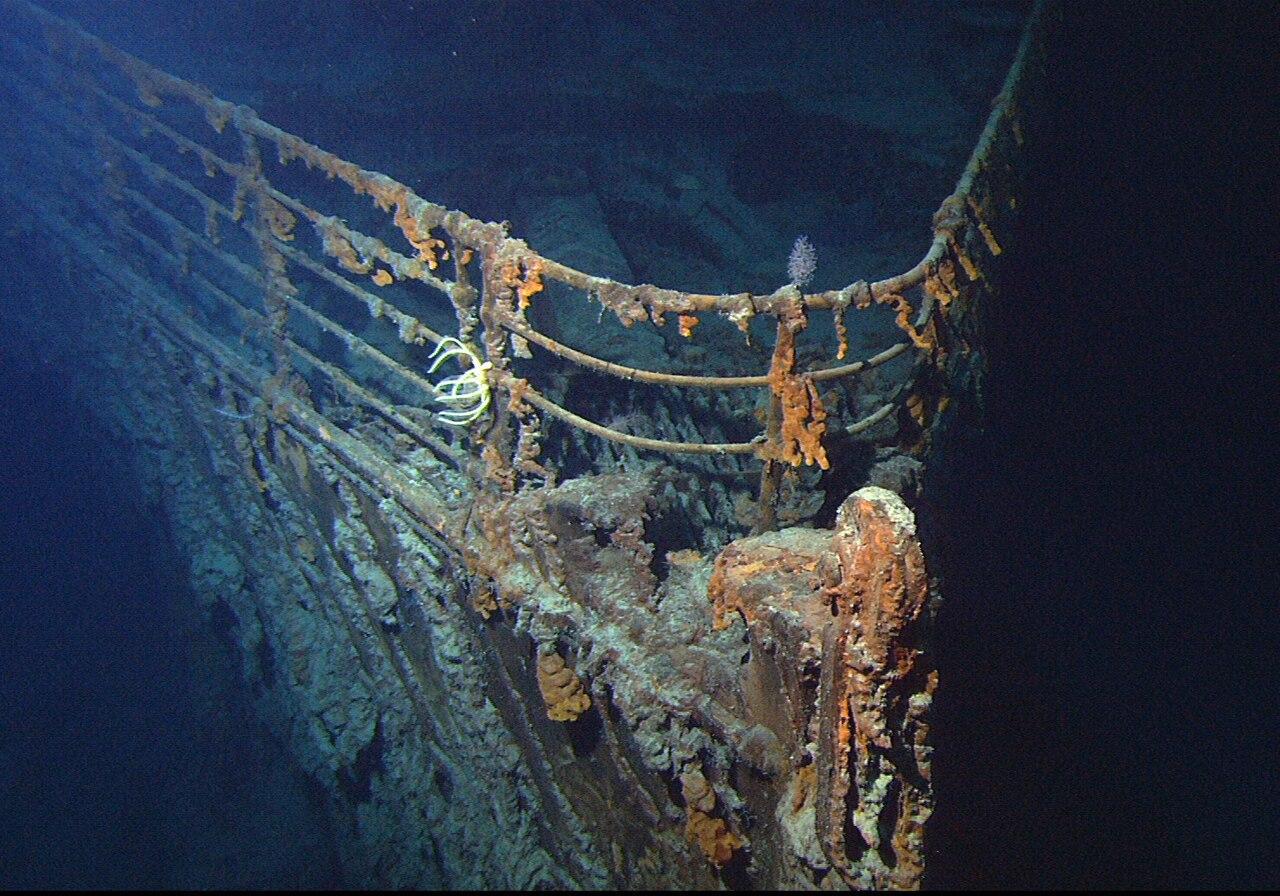
Source: Wikimedia
Opportunists ranging from single hobbyists to major treasure-hunting companies seek out some of this treasure for themselves, and many strike gold in the process.
Weekend Fossil Hunter
Recently, Lundberg, who works as a researcher at a cancer hospital in Tampa, decided to take a weekend trip to his parent’s house at Venice Beach.

Source: Wikimedia
The 29-year-old explained he enjoys staying with his parents as they live fairly close to the water, where he can hunt for treasure and fossils of all kinds. “I’m kind of a weekend warrior,” said Lundberg
Researcher Finds Large Tusk
While diving with a friend in April, Lundberg revealed he discovered the 4-foot mastodon tusk while scouring the ocean floor near Florida’s Venice coast.
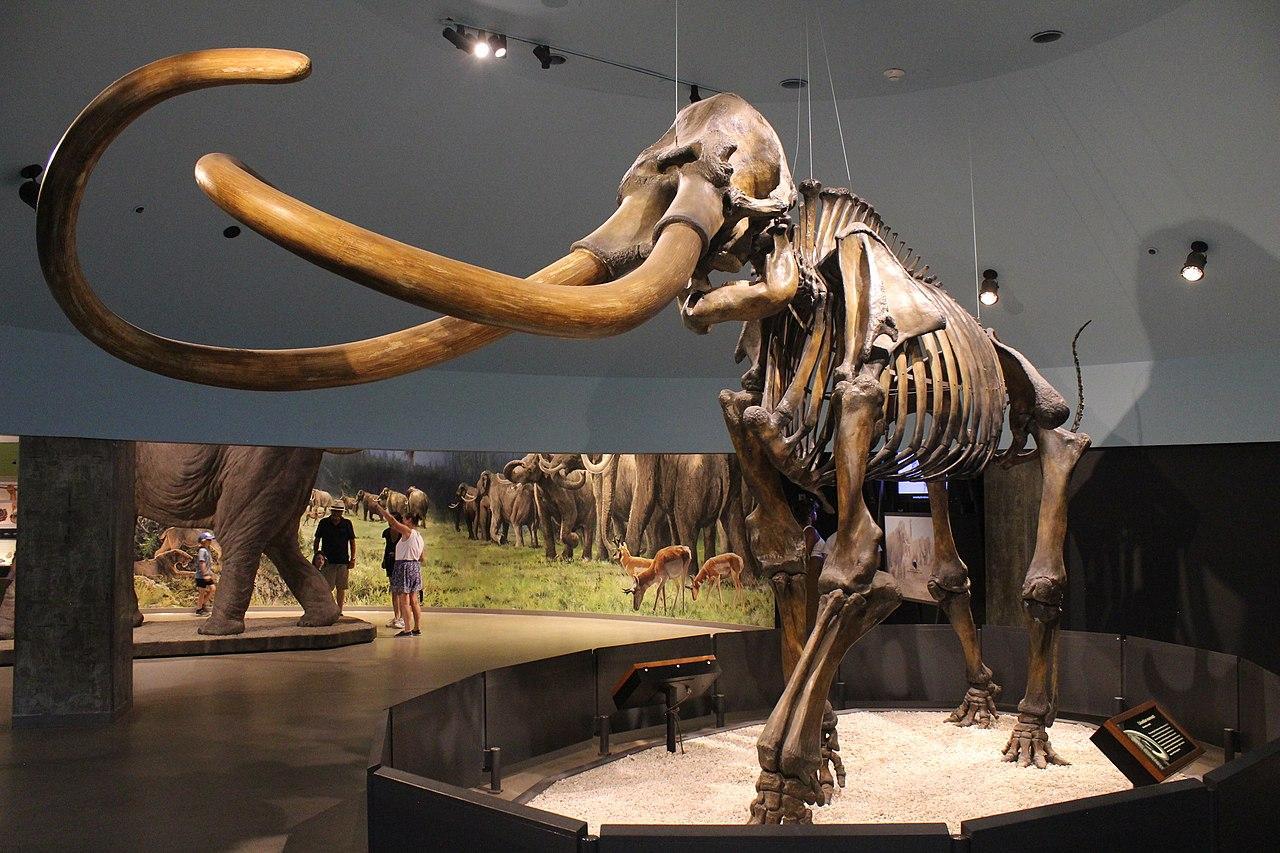
Source: Wikimedia
“I look over, and I see what looks like a 6-inch piece of wood uncovered in the sand, and I swim over to it, and I started fanning it, trying to get the sand off of it,” said Lundberg. “It just kept getting bigger and bigger.”
Diver Pulls 60-Pound Tusk From Ocean Floor
Upon closer inspection, Lundberg said he saw the cross-section and realized he was holding the tusk of a mastodon in his hands.
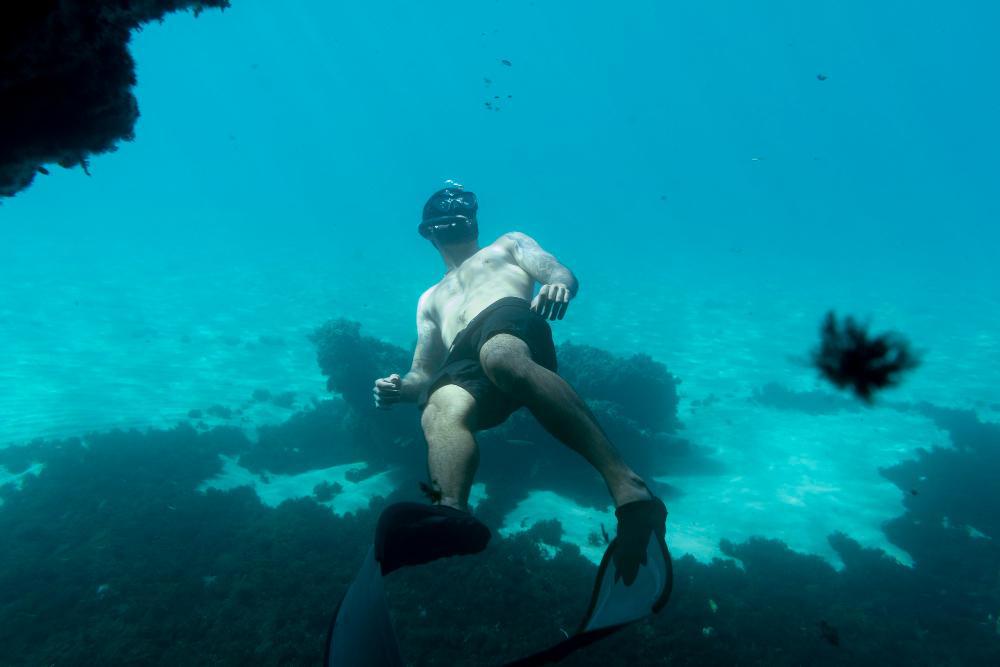
Source: Freepik
In total, the tusk was around a foot wide, four feet long, and weighed as much as 60 pounds. Speaking on the find, Lundberg said, “It was absolutely crazy,”
Hunting for Fossils
During his interview, Lundberg admitted divers often find tiny pieces of broken mammoth tusks, which are slightly different animals than mastodons, when diving off the coast of Venice.
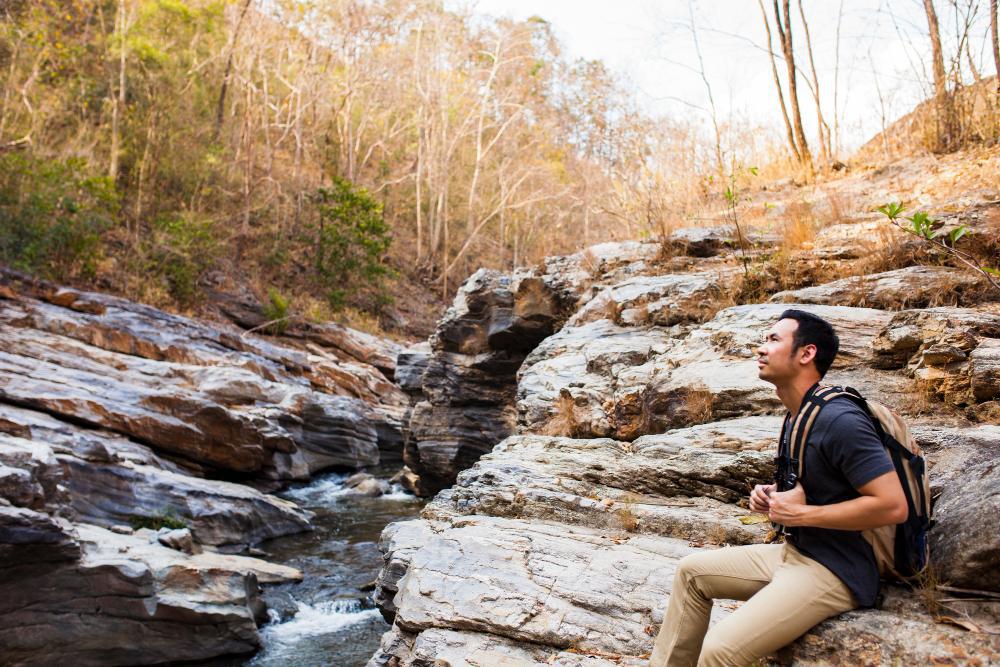
Source: Wikimedia
“We call it mammoth bark because it just looks like a piece of tree bark,” said the amateur fossil hunter.
A Rare Discovery
So, while it’s not uncommon to find tiny or broken pieces of tusks, Lundberg’s discovery is considered extremely rare. “Only a handful have ever come out of Venice,” he said.
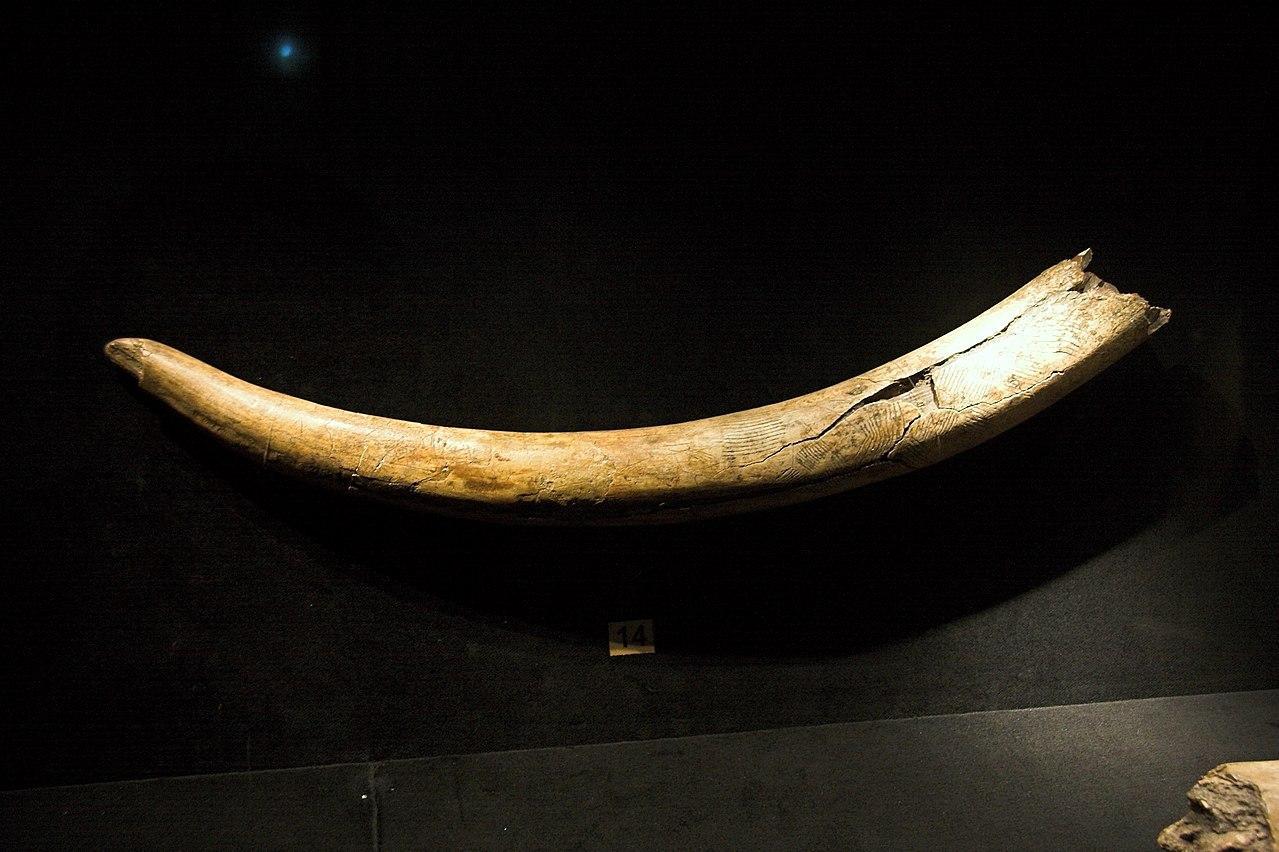
Source: Wikimedia
According to the diver, the last time a find of this caliber happened was over three years ago, when one of his friends discovered an eight-foot tusk in the same river, which further emphasizes the rarity of the find.
Lucky Find
Lundberg readily admitted the tusk is one of the rarest finds he’s ever discovered. However, a closer runner-up is a femur he discovered several months beforehand, which belonged to a jaguar.
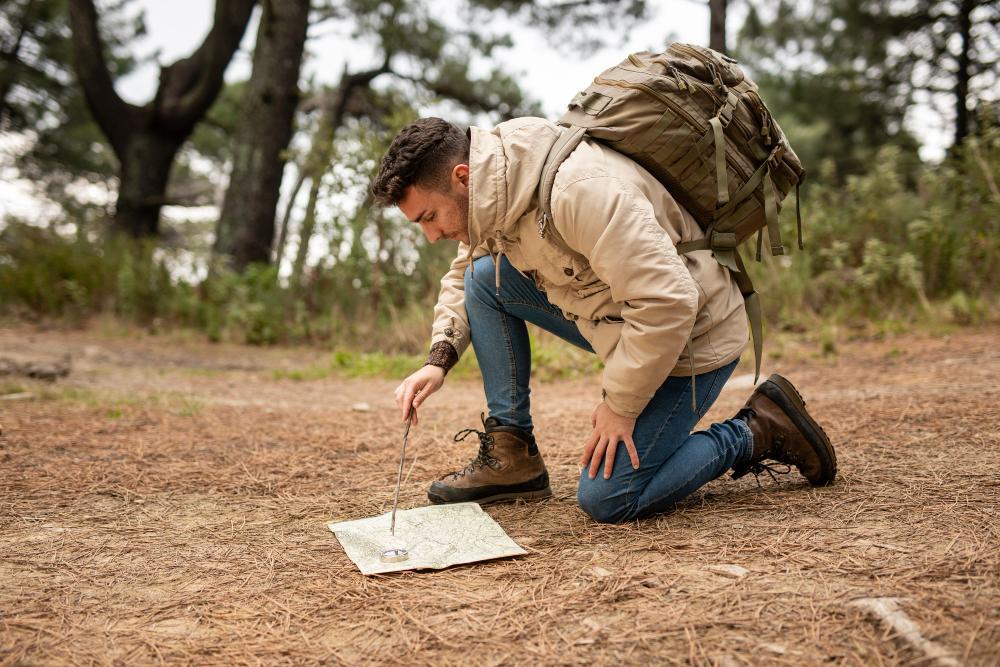
Source: Freepik
“So that was my highlight up until the tusk,” said Lundberg. According to other amateur fossil hunters, the diver should be proud of both finds.
Fossil Hunting as a Kid
Lundberg revealed he got into fossil hunting during his childhood years. His father would take him to construction sites and allow him to dig through piles of dirt the construction crews had collected in piles.

Source: Freepik
Fossil hunting “kind of just stuck with me ever since,” said Lundberg. The amateur fossil hunter hopes to one day come across a saber-tooth tiger skull. “That’s like the king of Florida fossil hunting,” he added.
What's Next for Lundberg’s Tusk?
Lundberg was forced to report his findings to Florida’s Museum of Natural History. From there, museum officials will decide whether the tusk has any kind of scientific significance.

Source: Freepik
If the officials decide against this, the museum will allow Lundberg to keep his find, a scenario the cancer researcher hopes for.
Diver is Hopeful He Will Get to Keep the Tusk
Regarding the possibility of keeping the tusk, Lundberg admits he wants to keep the piece and display it in his home.

Source: Freepik
“It’s just been kind of rolling around on the ocean floor for at least the last 10 million years,” said Lundberg. “Its scientific value is limited; it’s just more of a cool display piece at this point.”
The Possibility of Selling the Tusk
Others have urged Lundberg to sell the tusk if he’s allowed to keep it. According to the amateur fossil hunter, it could be worth around $5,000, but the 29-year-old isn’t concerned with how much money it could fetch.

Source: Freepik
“I’m never gonna sell it,” said Lundberg. “It’s gonna stay with me … As far as I’m concerned, it’s priceless.”
